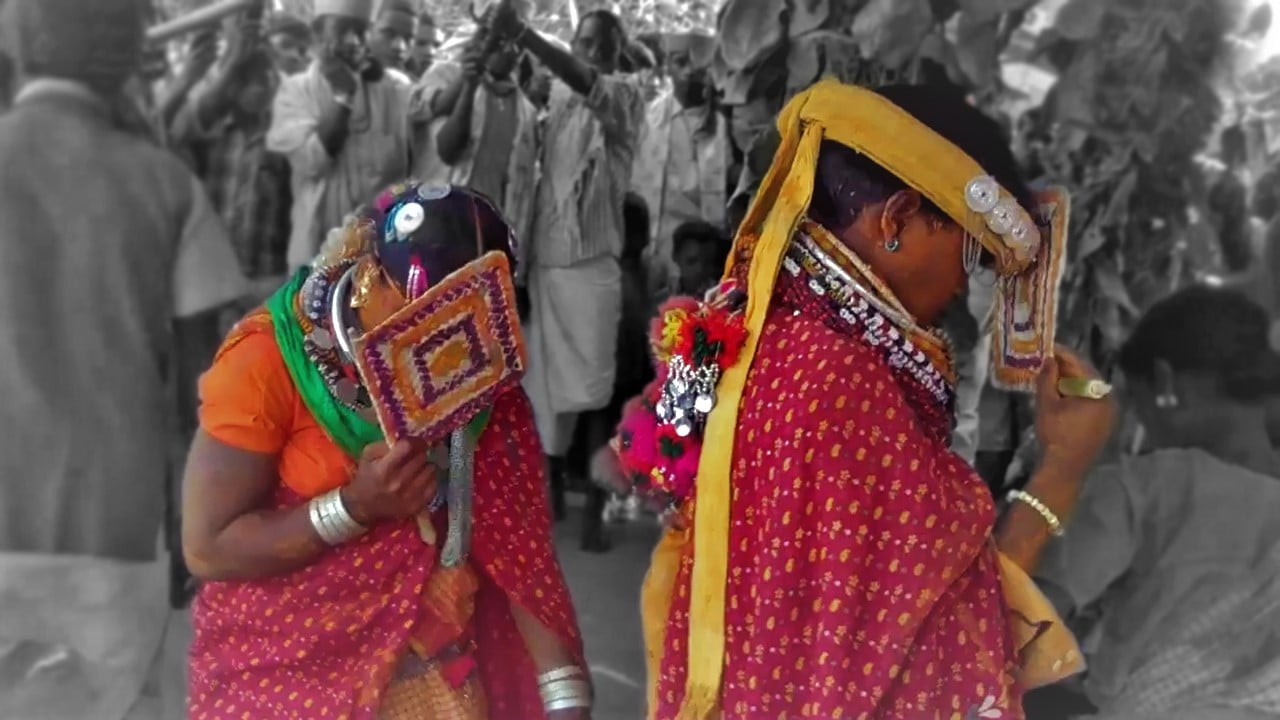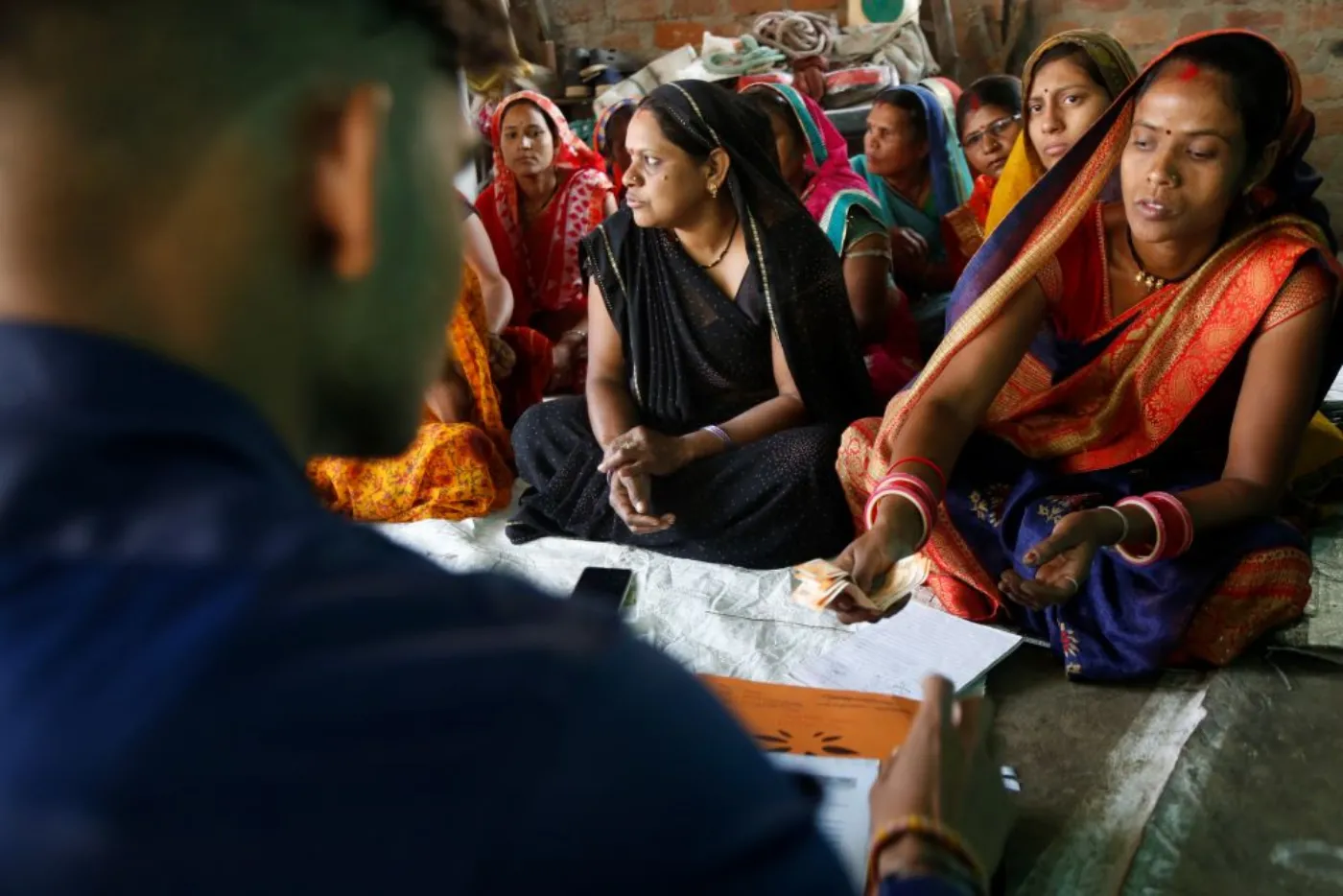A couple of months ago, DowryCalculator, a website that claims to ‘satirically calculate the true dowry worth’ of grooms invited criticism from politicians, netizens and the media, because it helped people (men) calculate the dowry they could claim depending on their economic and social standing. The dowry system, one of India’s most engrained ‘traditions’, costs the country 21 lives every day. But despite laws to end the practice, it is rampant in rural and urban areas alike.
However, not all communities are plagued by the problem, especially not Adivasi communities. A look at the 2016 National Crime Records Bureau (NCRB) data shows that states with high Adivasi populations have the lowest occurrence of dowry deaths, especially states in the North East, a region which has often been touted as a dowry-free zone. Among Adivasi communities of Central India too, like the Baigas, dowry is not the norm.
Community Correspondent Deena Ganvir, who belongs to the Baiga community, explains the traditional wedding customs of her community through her video. The most unique aspect of marriage amongst the Baigas, she says, is the absence of dowry. Dowry is a practice that cuts across religions and a ‘settlement’ is not an uncommon term to hear of when a marriage is being arranged. Often concealed under the garb of ‘gifts’, the practice is based on the patriarchal idea that a woman’s family must pay the husband and his family a price for marrying their daughter.
But in the Baiga community, things are done differently. There is no ‘settlement’; instead, the groom’s family visits the bride’s family with two bottles of alcohol as a sign of establishing a relationship between the two families. Deena also mentions that men and women get married once they are adults. But while this may be the case for this particular village, it is unlikely that child marriage is a thing of the past in the community.
The wedding ceremony is also unique, it entails ritual baths, mock-fights between both sides which is followed by symbolic togetherness, traditional dance and music, and a ring ceremony where the groom runs through a cheering gathering of guests to put a ring on the bride’s finger. From the video, it is evident that weddings are a community affair.
Adivasi communities have often been credited with being more progressive for women, especially in matters of sexuality, mobility, inheritance and division of labour. Unfortunately, instead of adopting the progressive practices, mainstream responses have often been limited to patronisation and romanticisation or simply a dismissal of what is understood as a ‘primitive’ lifestyle.
Earlier this year, Deena had also produced a video on the Baiga community’s efforts to conserve their culture in a rapidly changing environment that threatens to erode it. Over time, and especially in recent years, it is not only the market which has made inroads into the traditional strongholds of Adivasi communities, but also Hindutva groups. In seeking to subsume adivasi identities into a mainstream Hindu-fold, starting with replacing ‘Adivasi’ with ‘Vanvasi’, one fears the loss of progressive practices like a dowry-free marriage, and the imposition of mainstream values and customs.
Also read: Dowry-Related Violence Kills Over 20 Women Daily
Video by Community Correspondent Deena Ganvir
Article by Alankrita Anand, a member of the Video Volunteers Editorial Team
About the author(s)
Video Volunteers is a community media organisation that identifies, trains and empowers rural and marginalised people to make films, show the world their reality, assert their rights and become drivers of change. We work across 16 states with over 200 Community Corespondents 63 of whom exclusively work on reporting and taking action on everyday instances of patriarchal discrimination.




